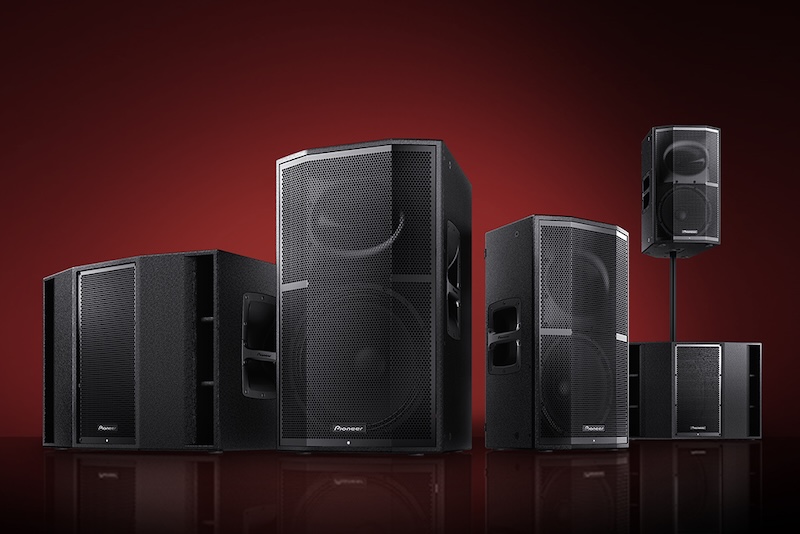Matching speaker amps with your audio system is super important if you actually care about decent sound. A lot of folks just plug stuff in and hope for the best, but that’s not how it works.
Using the right amp keeps your sound clean, loud, and not all screechy or busted. Plus, it keeps your speakers from dying early. This entire article is just some easy (ish) talk about how to pick the right amp for your speakers so things don’t go sideways.
Speaker and Amplifier Impedance Matching
So impedance just means how much your gear resists electric stuff flying through it. It’s measured in ohms: you’ll see 4 ohms, 6 ohms, 8 ohms, and so on. If your amp and speaker got close numbers, usually that’s a good sign. When the numbers don’t get along, the sound gets crunchy or weird.
Too low impedance? Your amp works too hard and maybe fries itself like bacon. Too high? The sound feels weak, thin, boring.
A lot of people forget this step because it sounds “techy,” but seriously it’s one of the easiest checks ever. Look at the back of your speakers. Look at your amp. Make sure they’re friends on the ohm scale.
Getting the Right Amp Power
Power ratings are basically how loud your speaker amplifiers can get without crying. Your speakers have something called RMS, which means how much power they can take all day long without melting. Try to match the amp’s power to the speaker’s RMS, like, roughly.
Don’t go too low as distortion sounds awful, all muffled and screamy. But don’t buy some turbo amp either because then your speakers might start smelling like burnt plastic. Maybe go for an amp a tiny bit stronger than the speaker’s RMS: a little cushion isn’t that bad. Just not too much or you’ll regret it.
Sensitivity and Efficiency
Speakers have “sensitivity,” which basically tells you how loud they shout with one watt of juice. It’s in decibels (dB, yeah that). High sensitivity? You get a loud sound easily. Low ones need more muscle from your amp. Efficiency kind of means the amp doesn’t waste power like crazy.
If your amp runs stupid hot all the time, it’s not very efficient. So if you have low sensitivity speakers in a big room, you’ll need a beefy amp. If you have loud little speakers, even a small amp can rock. Easy logic but still people get it wrong.
Room Size Problems
People forget the room matters a lot. A huge room? You’ll need more power to fill it or else it’ll sound like your music’s whispering from the corner. Tiny room? Don’t need to blow the walls down.
Stuff inside your room changes the sound too: carpets eat sound, glass bounces it all over the place. Chairs, curtains, tiles, even your cat sitting near the speaker, it all changes how things sound. So maybe test your gear after setting it up instead of trusting the numbers blindly.
Extra Power with Headroom
Headroom just means having a little extra power in your amp. That way, it doesn’t freak out when the music gets wild. If you get zero headroom, you’ll hear crackles or clipping (ugly sound).
Go for an amp that can handle sudden loud parts easily, not one that’s already crying at half volume. More headroom translates to cleaner sound. Don’t go cheap here, you’ll thank yourself later when the bass drops and the amp doesn’t explode.
Frequency Response and Crossovers
Frequency response is basically how well your speaker amplifiers handle highs, lows, mids, all the good stuff. Some amps work better with certain speakers just ‘cause their frequency ranges fit together like puzzle pieces. Crossovers are like traffic cops for sound, they tell bass to go one way, treble another.
If they don’t match right, you’ll get missing sounds or harsh tones. Check the charts if you’re nerdy enough, but mostly just use your ears. If the sound’s weird, they’re probably mismatched.
Testing and Tweaking
Now you got it all hooked up? Don’t just crank it and dance. Test it first. Play different songs, like some bassy stuff, some vocals, maybe even a movie. Listen for weird noises, hisses, dull highs, nasty lows.
Move your speakers around, tweak the volume knobs, trust your ears more than your eyes. This part takes patience, but when it clicks, you’ll feel it. Keep adjusting once in a while: sound changes, rooms change. It’s never perfect forever.
Matching amps and speakers isn’t rocket science but it’s not random either. Check impedance, match power, pay attention to your room, and don’t cheap out on cables. That’s already half the battle. Take your time, mess up once or twice, that’s how you learn.
The point is to get that sweet, clear sound that makes you grin when your favorite track plays. Just don’t rush and please, please don’t ignore those small details, or else, your system might sound like a broken radio real fast.

